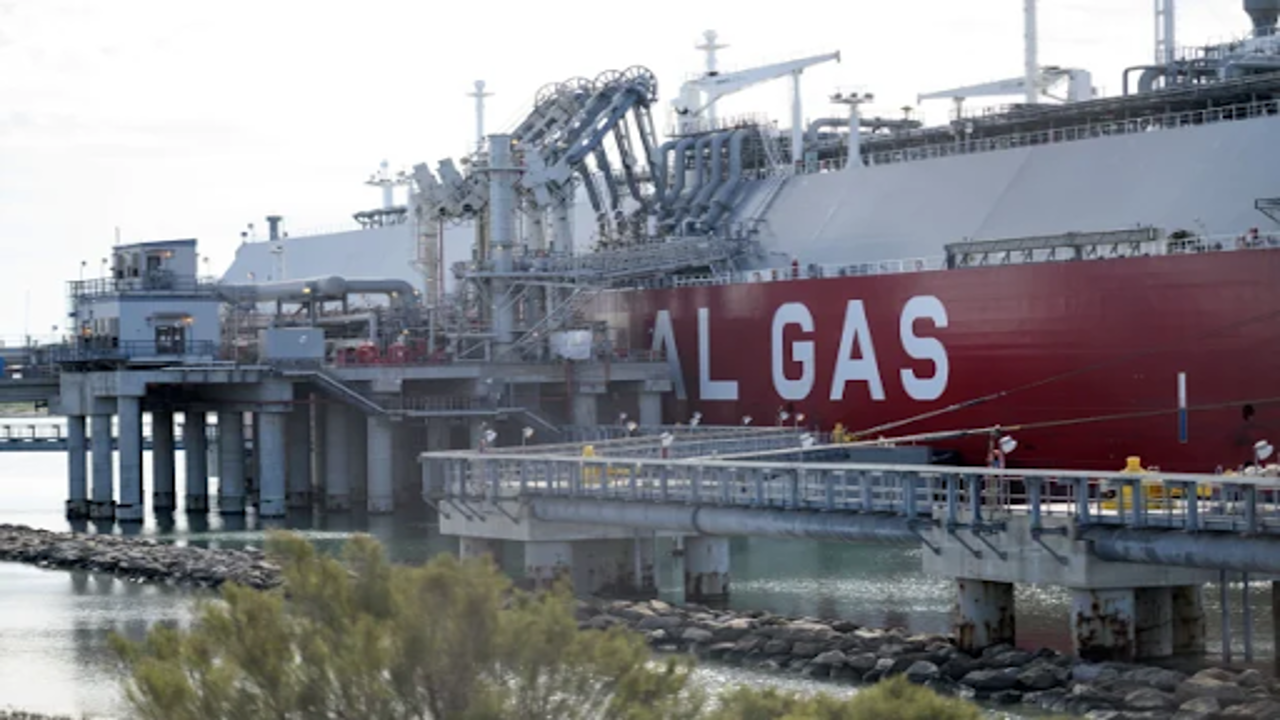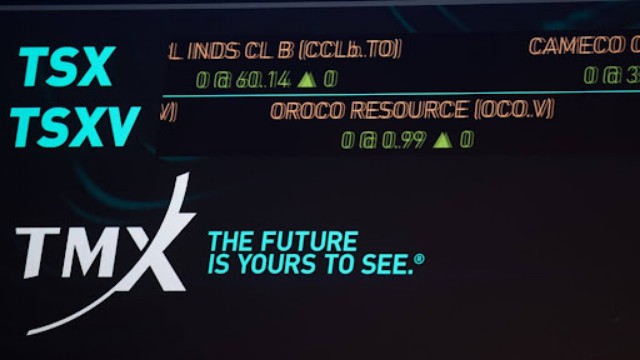
A liquefied natural gas (LNG) tanker is docked at Cheniere's liquefaction plant in Corpus Christi, Texas. According to estimates from energy consultancy Wood Mackenzie, both Canada and Mexico could each produce over 36 million tonnes of LNG annually by 2040, with Canada potentially supplying 36.2 million tonnes and Mexico 36.7 million tonnes.
Canada and Mexico are attracting major investments to jumpstart their liquefied natural gas (LNG) export industries, while U.S. projects face delays due to a pause on new export permits under the Biden administration. With billions of dollars at stake, both countries are positioning themselves to meet rising global demand, particularly from Asia, which has become a key market for LNG. According to Rystad Energy, Canada and Mexico are set to receive $94 billion in investments for current and proposed LNG projects.
As U.S. projects stall, Canada and Mexico are seizing the opportunity to become competitive LNG suppliers. They are strategically located on the West Coast, allowing them to bypass the congested Panama Canal and providing easier access to the growing Asian markets. Canada and Mexico could each supply more than 36 million tonnes of LNG annually by 2040, according to energy consultancy Wood Mackenzie.
In Canada, the first LNG exports are expected by 2025 from the Shell-backed LNG Canada project in British Columbia. The project, which is 90% complete, will have a capacity of 14 million tonnes annually and is expected to be a significant source of LNG for Asia. Two additional projects, Woodfibre LNG and Cedar LNG, are also under construction and expected to boost Canada’s LNG supply by millions of tonnes by the end of the decade.
Mexico, too, is ramping up its LNG ambitions. The country recently shipped its first LNG cargo from a newly constructed facility on the east coast. Four major projects are planned along Mexico’s west coast, aiming to produce over 23 million tonnes of LNG annually by 2030. The most notable project, Sempra's Energia Costa Azul, is currently under construction, and other projects are in the pipeline.
Despite the optimistic projections, both countries face significant challenges. Canada's regulatory environment has caused delays for some projects, and the country still lacks an operational LNG export facility. The slow approval process for environmental permits has been a major hurdle, resulting in higher costs and longer project timelines. The LNG Canada project, for example, was first announced over a decade ago, yet construction is only nearing completion now.
Mexico's projects are also facing obstacles. Many of them rely on natural gas sourced from the U.S., which makes them subject to U.S. energy regulations. A freeze on new U.S. export permits has added uncertainty to Mexico’s plans. Sempra’s Energia Costa Azul project has faced delays due to labour shortages, and a new Mexican administration coming into power in October has cast further doubt on the future of the LNG industry.
Despite these challenges, both Canada and Mexico remain optimistic about their LNG prospects. Their proximity to Asia, lower costs, and fewer infrastructure challenges than U.S. projects could help them become key players in the global LNG market in the coming years.















